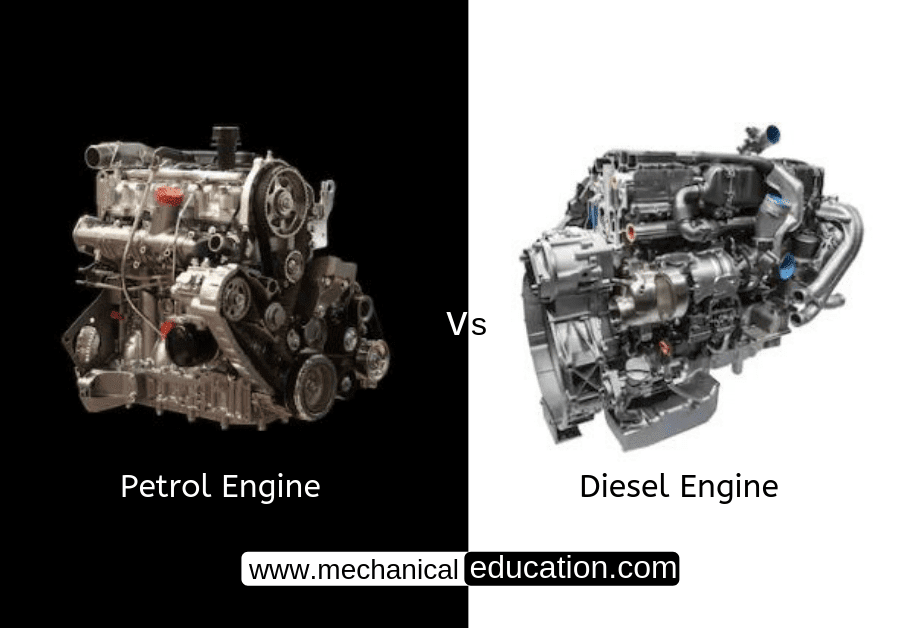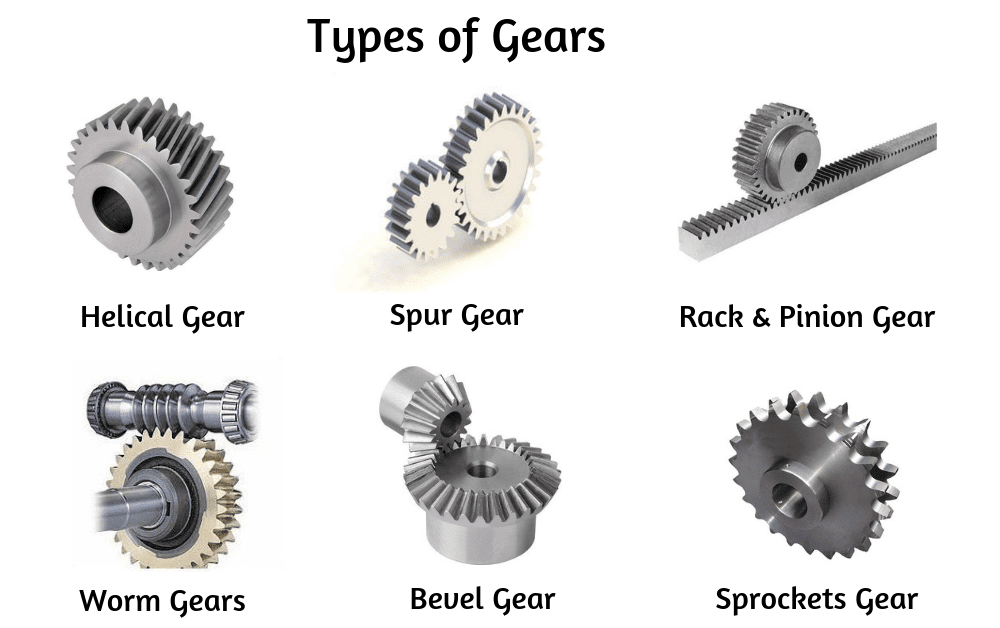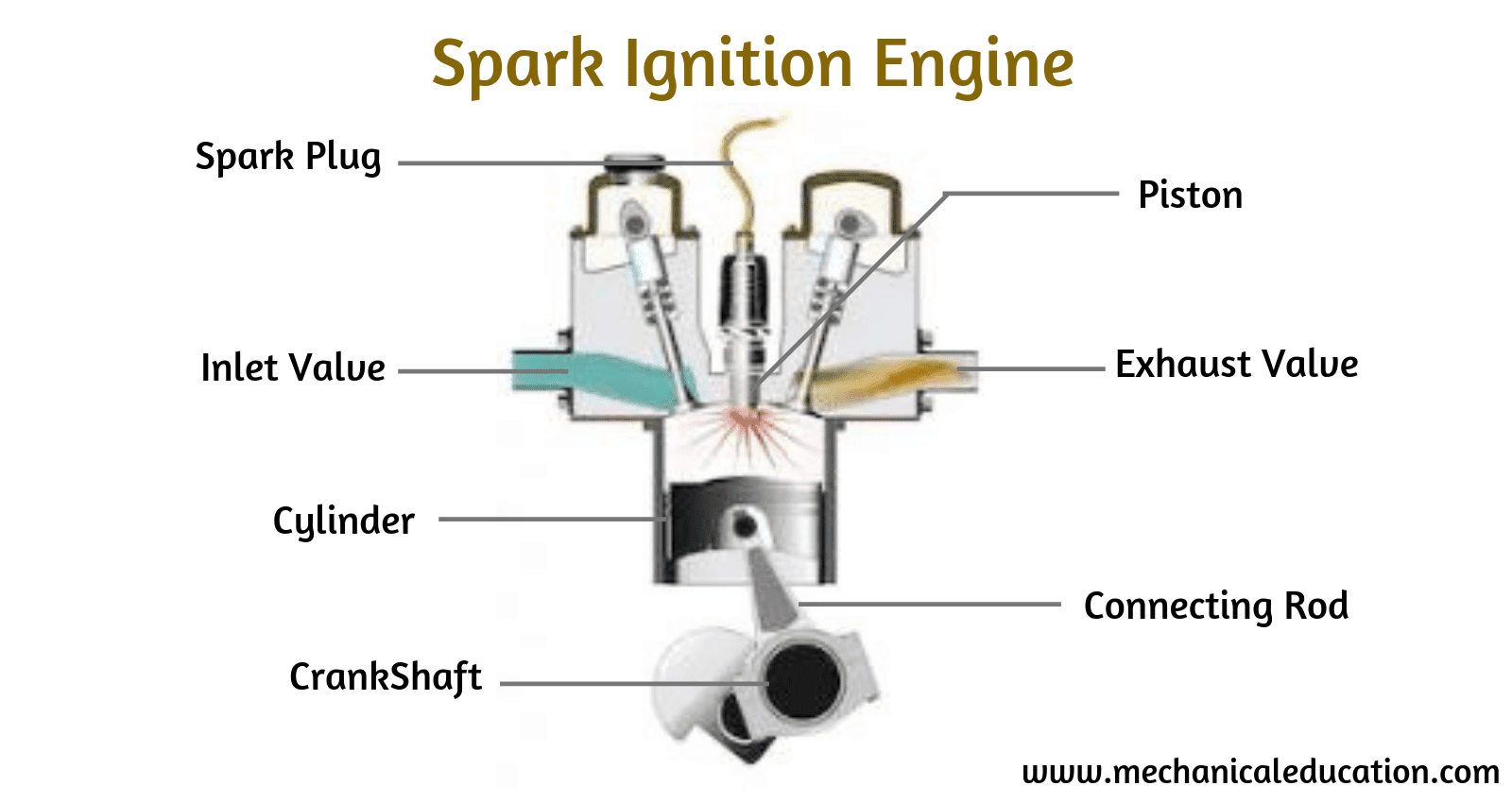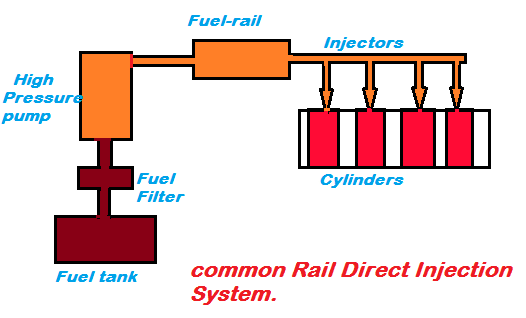Introduction: When it comes to vehicle suspension systems, springs play an important role in providing cushioning when travelling over rough terrain or uneven surfaces. There are several types of springs designed for specific purposes depending on vehicle type and application. In this blog post, we will be discussing the different types of springs used in suspension systems and how they work.
Air Springs:
Air springs are typically used in heavy-duty vehicles such as trucks and buses due to their ability to handle heavy loads while providing a comfortable ride. Air springs use air pressure instead of metal coils or leafs to support the weight of the vehicle, which allows them to provide smoother rides on bumpy roads while also giving drivers better control over suspension tuning.
Coil Springs:
Coil springs are one of the most common types of springs used in vehicle suspension systems due to their simple design, affordability, and durability. Coil springs are made up of metal coils that compress and expand as the vehicle moves over uneven terrain, providing cushioning for a smooth ride. They can also be tuned for different levels of firmness depending on the application.
Leaf & Parabolic Leaf Springs:
Leaf springs are another type of spring commonly used in suspension systems because they can handle heavier loads than coil springs without sacrificing too much comfort. Leaf spring systems consist of several flat pieces of steel clamped together with rubber bushings in between them, creating a flexible platform that absorbs bumps and vibrations from uneven terrain. Parabolic leaf springs offer even more flexibility than regular leaf springs by using curved pieces instead of flat ones, allowing them to absorb even more shock while still providing a comfortable ride.
Rubber Springs:
Rubber springs are an increasingly popular option for lighter vehicles due to their low cost, light weight, and easy installation process compared to other types of suspension systems. Rubber springs use rubber bands or elastomers that stretch as the vehicle encounters bumps or uneven surfaces, providing a soft cushioning effect while still maintaining good handling characteristics.
Conclusion:
As you can see there is no one-size-fits-all solution when it comes to choosing the right type of spring for your vehicle’s suspension system – all applications are unique and require careful consideration when selecting components for your particular setup. The key is to find something that provides enough cushioning for a comfortable ride without sacrificing too much handling performance or durability – something that each type of spring has its strengths and weaknesses at doing! We hope this guide has helped you understand more about how these different types work so you can make an informed decision about what is best for your particular setup!




